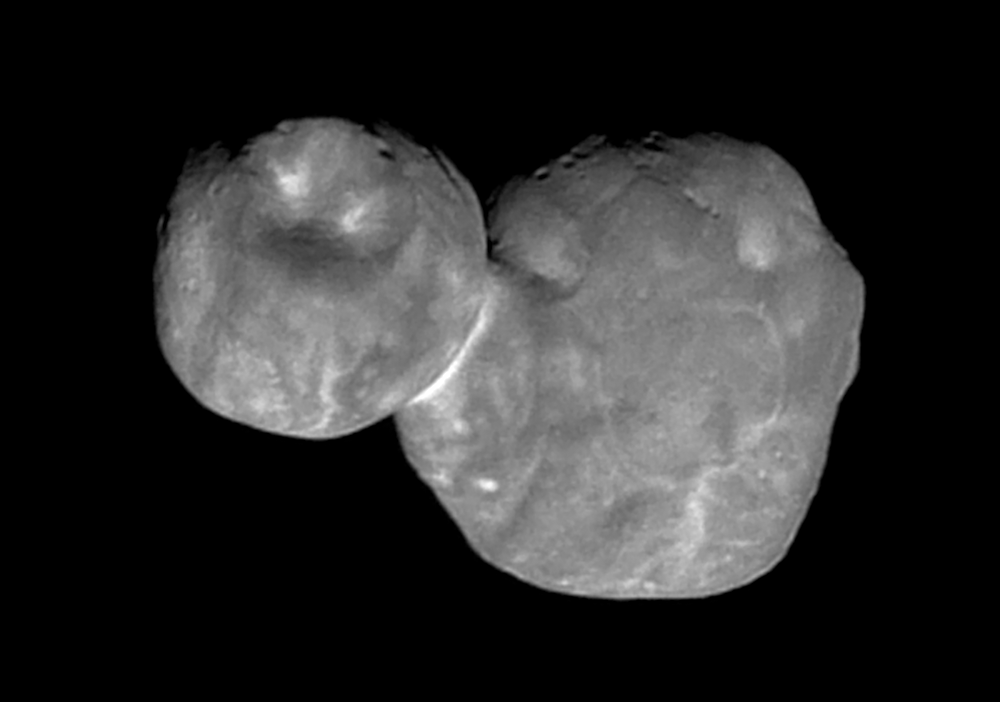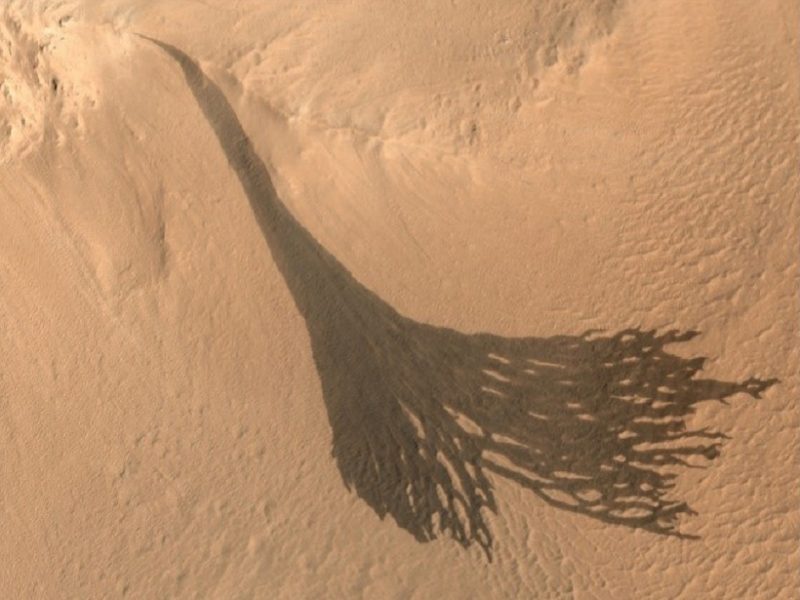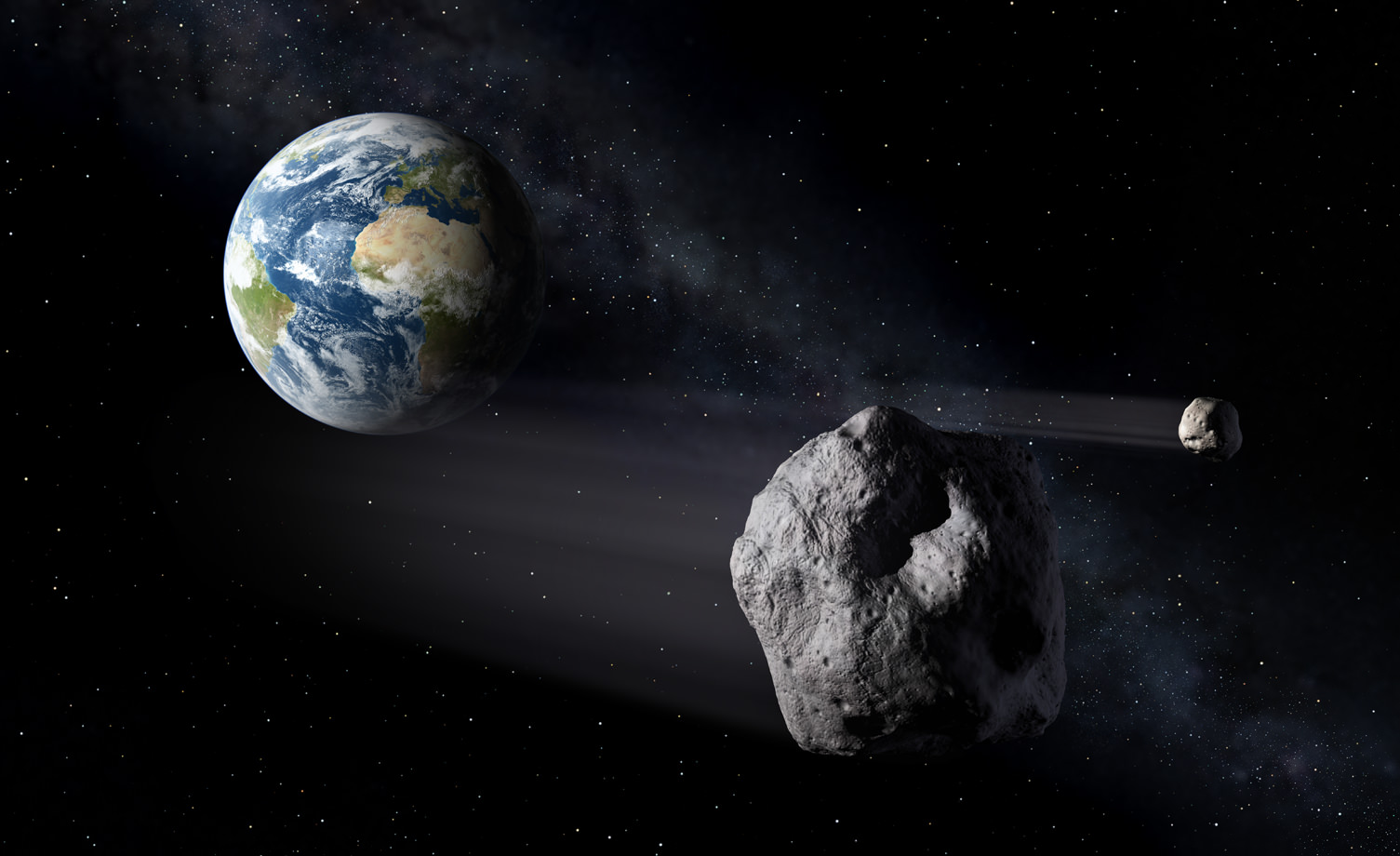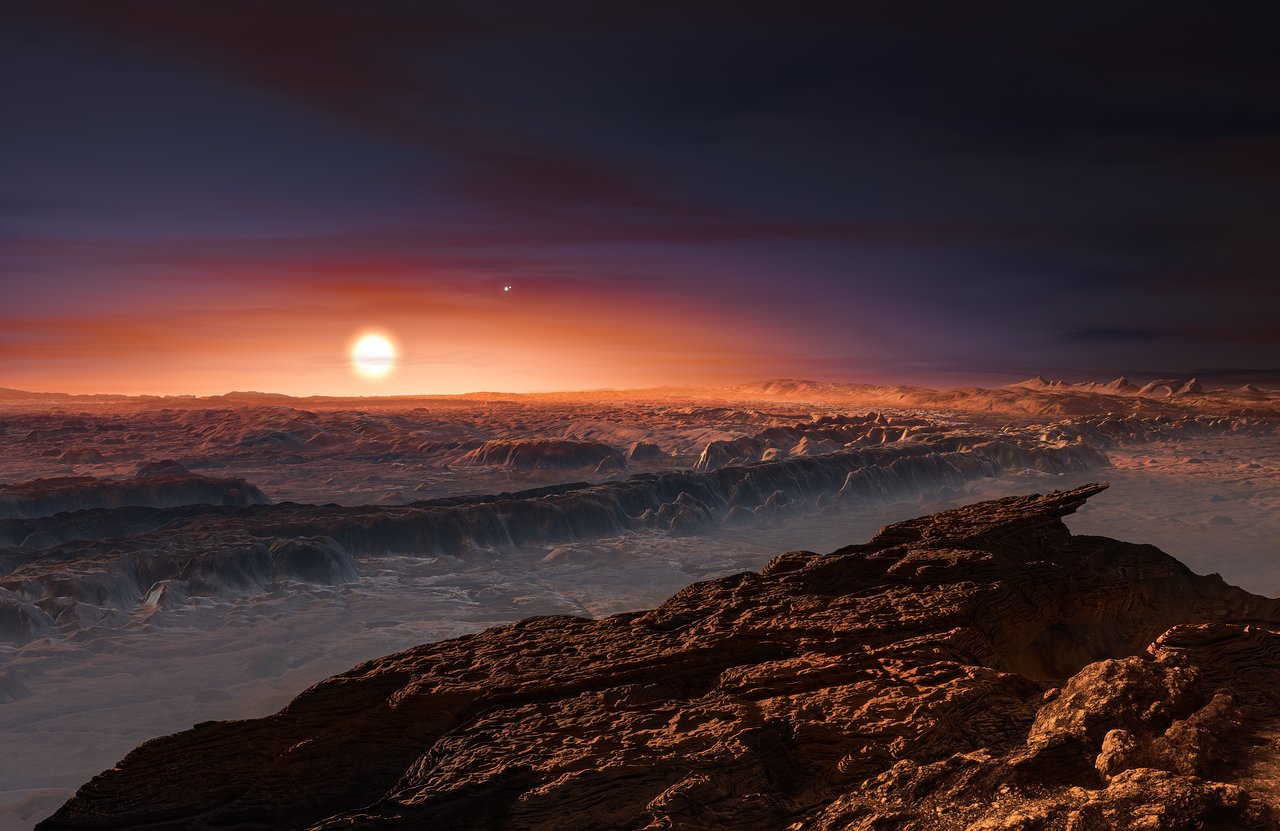On December 31st, 2018, NASA’s New Horizons mission made history by being the first spacecraft to rendezvous with a Kuiper Belt Object (KBO) named Ultima Thule (2014 MU69). This came roughly two and a half years after New Horizons became the first mission in history to conduct a flyby of Pluto. Much like the encounter with Pluto, the probe’s rendezvous with Ultima Thule led to a truly stunning encounter image.
And now, thanks to a team of researchers from the John Hopkins University Applied Physics Lab (JHUAPL), this image has been enhanced to provide a more detailed and high-resolution look at Ultima Thule and its surface features. Thanks to these efforts, scientists may be able to learn more about the history of this object and how it was formed, which could tell us a great deal about the early days of the Solar System.
Continue reading “Here it is, the high resolution photo of MU69 we’ve all been waiting for.”









